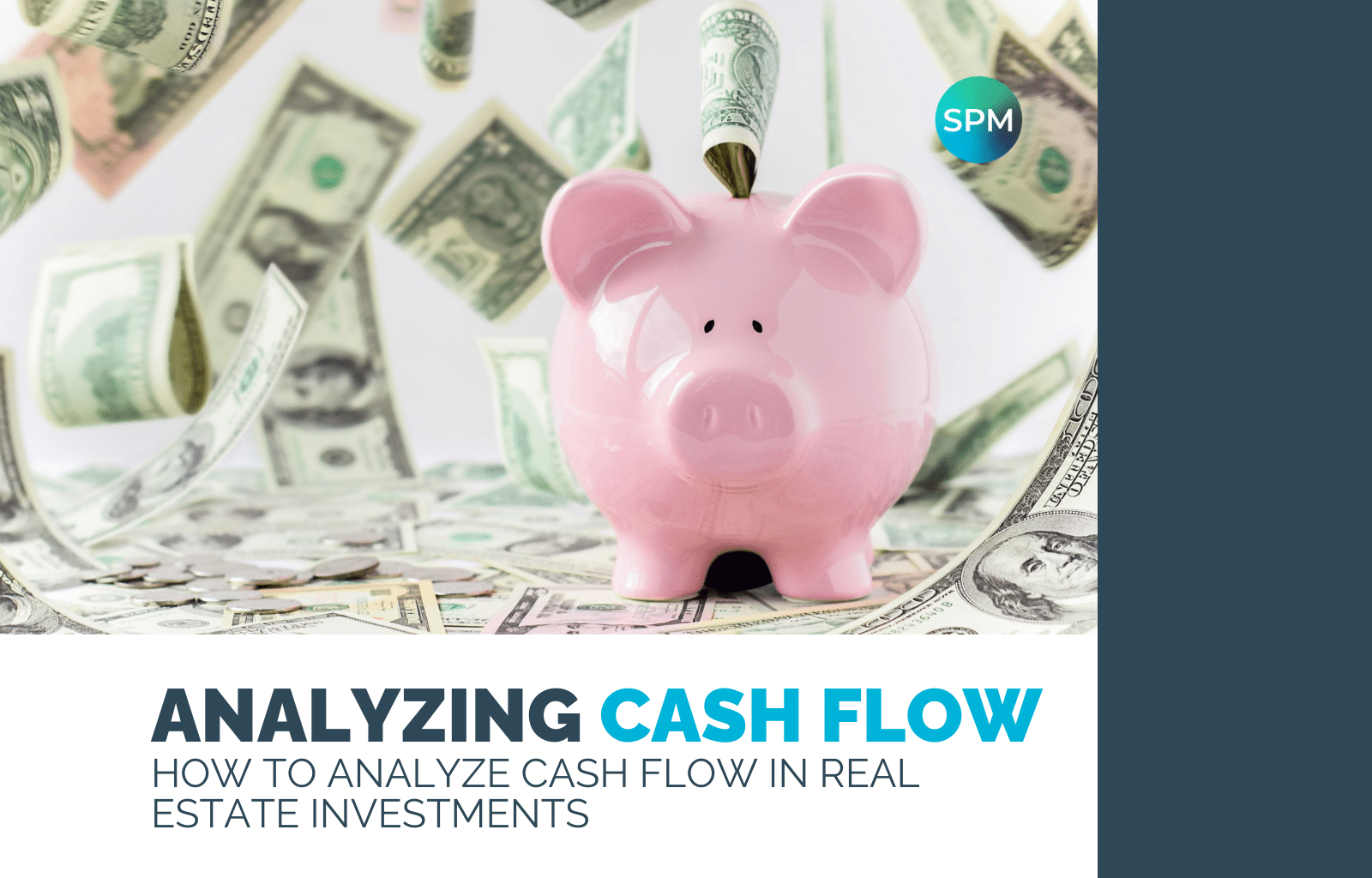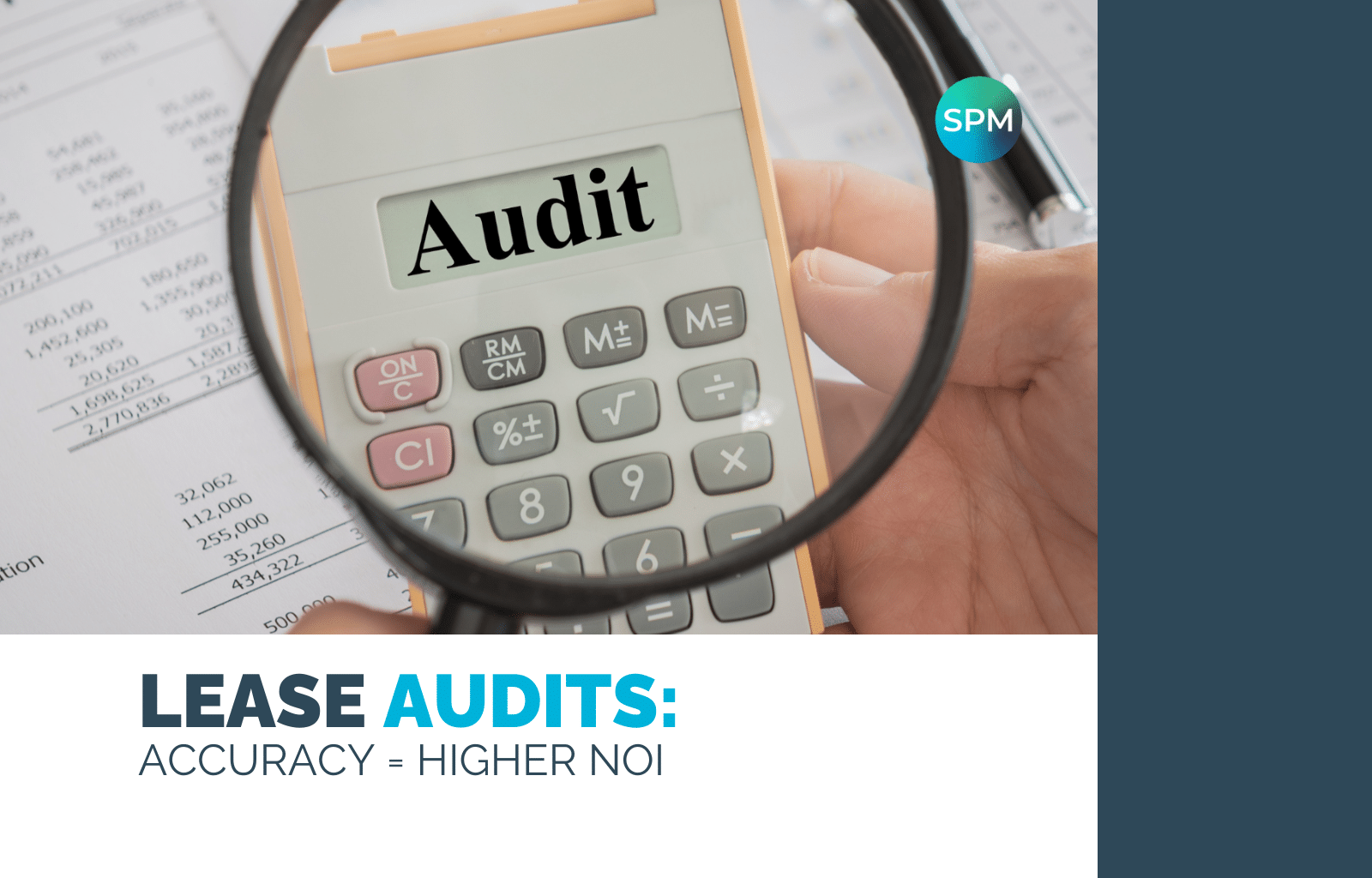Analyze Cash Flow in Real Estate Investments
The recent pandemic brought the world to its knees. Needless to say, the economy was impacted in unexpected ways, and even now it is unclear what will be the ultimate long-term impact.
One important economic sector saw uncharacteristic growth during this time, real estate especially multifamily residential. The global property market was valued at $11444.7 billion at the end of 2021. Even with the uncertain turbulence in the financial markets due to inflation, it is still estimated to grow at a CAGR of 10.7% between 2022 to 2031.
The real estate investment market in the US amounted to $229.3 billion in 2022. Real estate can be a successful venture if you are looking for a stable passive income source, but you need to understand how to conduct investment property analysis specifically analyze cash flow in real estate investments.
Real estate investment is more than just buying a property, getting a tenant or two, and collecting rent. It involves hard work such as market research, financial analysis, estimation of risk vs return, an intuition of future market expectations, etc. Investors need to understand how to analyze cash flow in real estate investments to make judicious decisions.
Thus, if you are new in the property investment sector, one of the first things you need to learn is how to conduct accurate investment property analysis specifically how to analyze cash flow in real estate investment. But what is it, and how do you make the calculation? We have got you covered; read on to learn more!
What is Cash Flow?
Real estate investing is a process of creating value through the purchase, development, and management of properties. The goal of real estate investing is to create wealth through the ownership and operation of an income-producing asset.
A key aspect is how to analyze cash flow in real estate investments. What is cash flow? Cash flow is the amount of money left over after collecting all possible income less operating and capital expenses, and mortgage interest, if any. It can be measured in various increments of time but generally, for real estate from a key performance indicator (KPI) perspective, it is measured on an annual basis. For the purposes of this note, all references assume an annual assessment.
What is Investment Property Analysis?
Investment Property Analysis refers to the process of analyzing a potential real estate investment. The purpose is to determine the potential return on investment (ROI) over the expected investment period for an income-producing property. Analyzing cash flow in real estate investments is one of the key metrics assessed in this process.
Cash flow has two possible outcomes: positive or negative, we leave it to you to guess which is better…
Positive cash flow means that you have money left over during your measuring period i.e. incoming cash is greater than outgoing cash. This is obviously preferable and in most cases required in order for an Investor to make an investment.
Negative cash flow is the opposite, incoming cash is less than outgoing cash. This is undesirable as it means you are losing money. In a multi-family apartment investment, even if you expected to have positive cash flow, many factors can lead to such a situation such as falling rents, higher than expected vacancy or delinquency, or unexpected expenses.
Read on to learn how to analyze cash flow in real estate investments.
How to Analyze Cash Flow in Real Estate Investments
The first thing you need to do as part of your investment property analysis calculates the projected Net Operating Income (NOI). NOI is the difference between the property’s gross collected income less operating expenses.
To calculate the NOI, you determine the gross collected income which is the income from rent, fees, and other income such as parking, storage, utility reimbursement, etc. and subtract all operating expenses, the costs of running and maintaining the property, such as property taxes, insurance, and repairs. This does not include what the IRS considers capital expenses such as replacing flooring, appliances, etc.
Net Operating Income (NOI) = Gross Collected Income – Operating Expense
Once you have determined your estimate of NOI you then deduct your annual capital expense projection. This is normally calculated by quantifying all capital items, assessing their condition, and then projecting what portion of them have to be replaced each year.
Projected Cash Flow Before Debt Interest = NOI – Capital Expense Allowance
Most investors want to utilize the benefits of leverage when making income property investments. As a part of conducting investment property analysis industry norm is to deduct the interest portion of the mortgage debt payments as a final step to determine net projected cash flow.
Net Annual Cash Flow = Projected Cash Flow before Debt Interest – Debt Interest
This is essentially the method to analyze cash flow in real estate investments. The final step for most investors is to calculate their rate of return on investment (RROI). This is simply done by doing the following
RROI = (Net Annual Cash Flow/Total Equity Investment) x 100
Why is Investment Property Analysis Important?
Calculating real estate cash flow is crucial because it can help you project how profitable you can expect your investment will be.
If you have a specific rate of return in mind, estimating cash flow can help you determine if a property is likely to meet, surpass, or fall short of your expectations. Income property investment has no defined or standardized rate of return, it is somewhat subjective, and your expectations can and will differ from other investors. The bottom line is you have to be comfortable with what you expect in the form of ROI and invest accordingly. This may require you to look for specific markets where the cost of investment allows you to reach your ROI goal.
Analyze Cash Flow in Real Estate Investments:- Conclusion
You must understand and analyze cash flow in real estate investments as it will help you make an informed decision. Summerfield Property Management is a leading property management firm. The right property management firm can help you maximize your investment. Call us today to learn more!
Analyze Cash Flow in Real Estate Investments:- FAQs
Q: What are the three important factors in conducting cash flow analysis?
A: The three critical factors in investment property analysis to determine cash flow are rental market rates, operational expense, and financing cost. If you have a handle on these three areas, you can successfully generate a cash flow statement.
Q: How is cash flow determined in real estate investment?
A: Cash flow generally refers to the amount of money left over after collecting from all income sources and then deducting, operating expenses, capital reserves, and mortgage interest.
Q: What type of real estate is operating cash flow most prevalent in?
A: Income-producing commercial real estate










